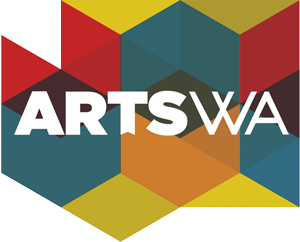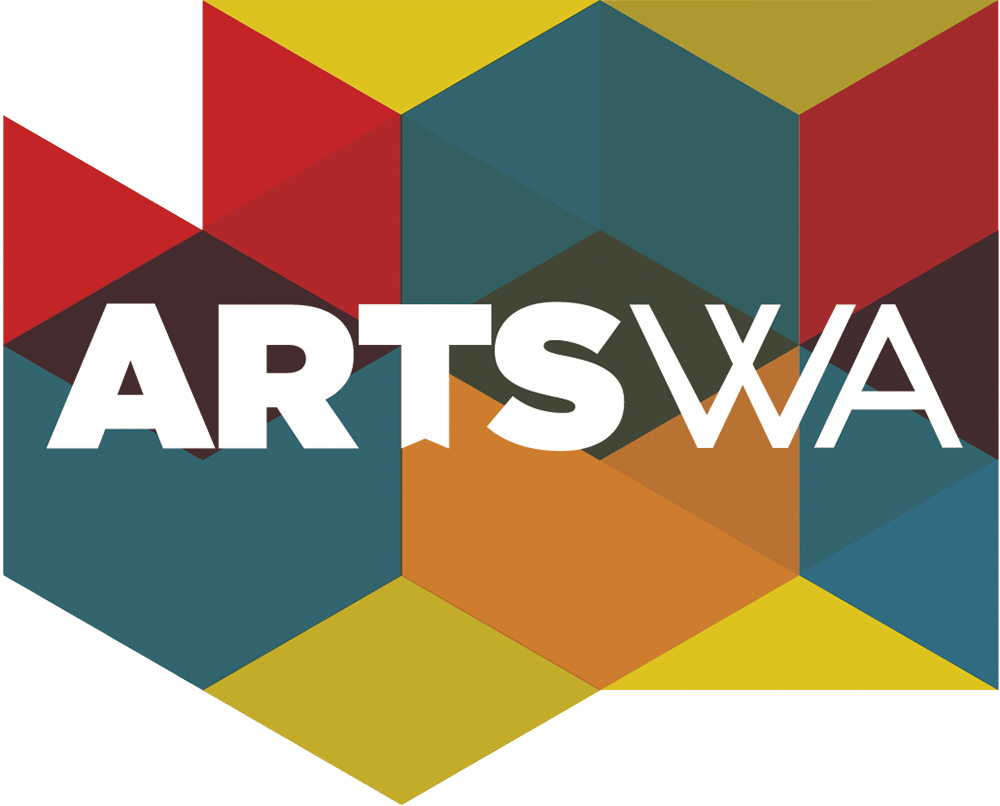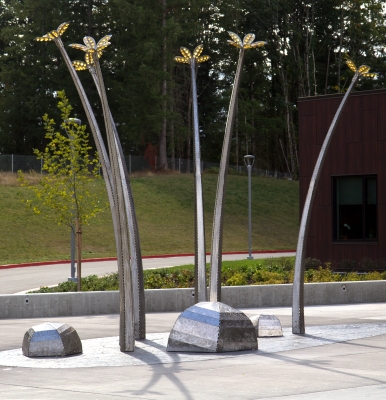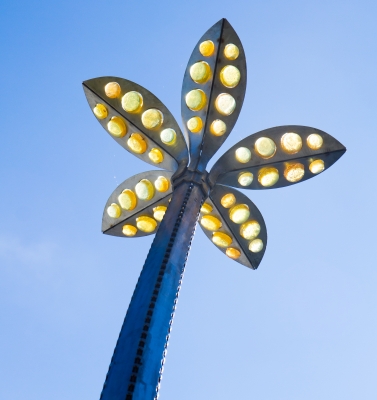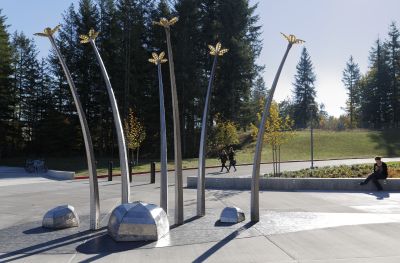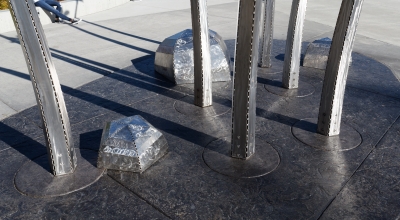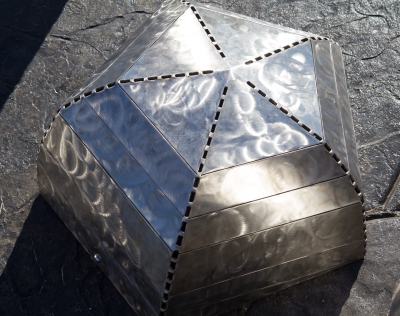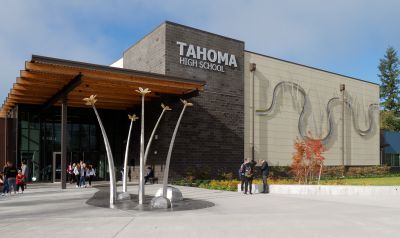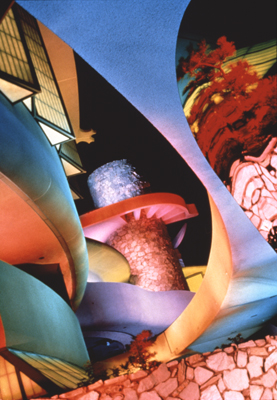ABOUT THE ARTWORK
Flower is part of a sculptural installation by artist Paul Sorey, commissioned for Tahoma High School. It features six glass flowers on long stainless steel stalks and three stainless steel rocks. It connects to a companion sculpture 'Flow' on the building's exterior wall via a curved river of dark-colored concrete. Sorey's inspiration comes from the nearby Cedar River, which flows through Maple Valley and provides local drinking water. He notes, "A river flows; it shapes the landscape and lives in the minds and hearts of people who live near it. Young plants receive nourishment from the endless supply of water and minerals, enabling them to grow and mature. In much the same way an institution of learning nourishes hungry minds with a flow of information, ideas and experiences which help to bring about the flowering of each individual."
This artwork was acquired for the State Art Collection in partnership with Tahoma School District.
ABOUT THE ARTIST
Seattle-based artist Paul Sorey creates sculptural installations for public spaces. His artworks are inspired by natural forms and geometry. After completing a Bachelor of Fine Arts with an emphasis in sculpture from Bethany College in Kansas, he studied Landscape Architecture and Environmental Planning, receiving a second Bachelor of Arts degree from Utah State University. He received a Master of Fine Arts in sculpture from the University of Washington in Seattle in 1993.
ARTWORK DETAILS
| Medium | Stainless steel and glass |
| Dimensions | 14 ft x 8 ft x 18 ft |
| ID Number | WSAC2016.009.002 |
| Acquisition Method | Site responsive commission |
| Artist Location | Washington, United States |
Location Information
| Agency | Tahoma School District |
| Artwork Location | Tahoma High School Concrete path, Outside east main entrance |
| WA County | King |
| Placement | Exterior |
| Site Type | Public School |
| Address | 23499 SE Tahoma Way Maple Valley, WA 98038 |
| Geo. Coordinates | 47.357494, -122.027500 |
| Before Visiting | Some artworks may be located in areas not accessible to the general public (especially in K-12 public schools). Consider contacting the site prior to a visit to ensure access. |
| Map |
Related







